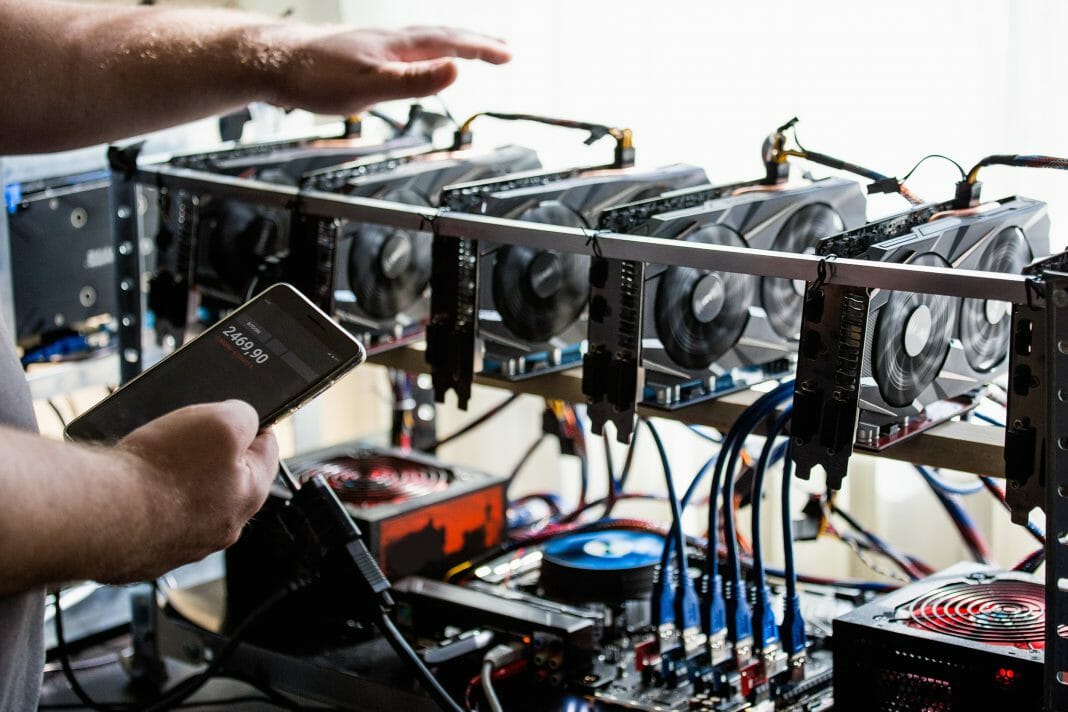The 2024 halving is approaching for Bitcoin and especially for the world of miners, who play an essential role in its ecosystem. Its role is fundamental for the maintenance of the network. functional, secure and transparent bitcoin.
The upcoming Bitcoin halving in April 2024 will reduce miner rewards, increasing competition due to rising hash rates and mining difficulties. The economic sustainability of mining is the challenge for miners.
Bitcoin Approaches Halving
The Bitcoin halving event occurs every 210,000 mined blocks as stated in the original white papers written by Satoshi Nakamoto. This tends to happen approximately every four years as on average one block is mined every 10 minutes.
Through on-chain data and Glassnode metrics “Bitcoin: number of days until halving” the number of days remaining until the next Bitcoin halving event is monitored. There are 84 days left until the halving, which is scheduled for April 23.
Satoshi Nakamoto designed this mechanism to ensure that the issuance of new Bitcoin falls over time, similar to the extraction of a natural resource that becomes progressively scarcer. Currently, the block reward is 6.25 BTC. With the next halving in April, this reward will drop to 3,125 BTC per block.
Mining Difficulty and Hash Rate
To regulate block production over time, Satoshi inserted a parameter called mining difficulty, which serves to regulate the average block generation time. Also in this case Glassnode, for which we have developed a guide to its metrics, offers the “Bitcoin: difficulty adjustment percentage change”, which allows measuring the percentage change in mining difficulty compared to the last adjustment.
The trend of this metric over the last five years shows that, as expected, the mining difficulty is constantly growing, reflecting the increase in computing power and increased competition in Bitcoin mining.
Mining difficulty is, in turn, directly influenced by total computing power used by miners, which is quantified in hash rate. This is also a figure that is constantly growing over time, as can be seen in the “BTC: hash rate” metric highlighted in orange.
Exashash Hash Rate and Income
The “Mining Revenue for Exahash” metric shows that despite the increase in the overall hash rate, profitability per exahash of computing power, has actually decreased over time for miners. A high hash rate for a single miner increases the chances of successfully adding a new block to the blockchain and consequently receiving the Bitcoin reward.
Bitcoin Production Cost
The entire Bitcoin mining process involves costs, which fall on the miners. Glassnode considers an additional metric called: “BTC Production Cost,” which is designed to estimate the average cost incurred by miners to produce a single Bitcoin. This estimate includes energy costs and amortization of the hardware used in the mining process. According to the current data available, the mining process is currently highly sustainable, with respect to costs.
Halving Challenges for Miners
The first to suffer the halving are the miners. which may be affected by the halving of block rewards, which drastically affects your profitability. In fact, analyzing the historical trend of the metric “Bitcoin: Total Miners Revenue [BTC] – All Miners” it is clearly seen how the profitability has historically decreased after the halving events.
While the halving appears to be a positive event for Bitcoin’s long-term value due to reduced supply, it also highlights operational challenges for miners, particularly those with higher costs.
Miners run the risk of their operations becoming unprofitable if the BTC price does not rise enough to offset the reduction in global premiums and cover operating expenses.
By Audy Castaneda











